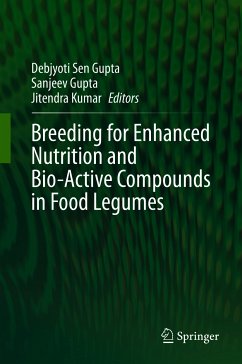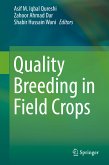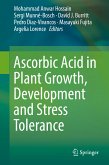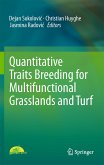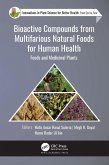More than 20 million childhood deaths occur every year due to the micronutrient deficiency and diet-related non-communicable diseases (cardiovascular diseases, cancers, chronic respiratory diseases and diabetes). The United Nations (UN) recently announced that the increase in chronic, non-communicable diseases has resulted in 36 million deaths around the world annually, claiming more lives than all other causes combined. These chronic diseases are not isolated to developed countries and are even more pronounced in the developing world. Such chronic illnesses have caused far more deaths than infectious diseases throughout the world (except Africa) in recent years. Therefore, enrichment of micronutrients in staple food crops is of paramount importance for the nutritional security in our world. Bioforti¿cation is the development of micronutrient- and/or vitamin-rich crops using traditional crop improvement practices as well as modern biotechnology tools. It is a more sustainable and cost effective method than food supplementation, fortification and diet diversification.
This work consolidates available information on the different aspects of breeding for improved nutrition of pulses. An overview of entire pulses based on their nutritional profile is given so that audience can find the desired information easily. Food legumes are the active ingredients in many gluten-free food products and there is a continuous rise of the use of pulses flour in milling and baking processes. Our book sheds light on recent efforts and the underlying constraints of meeting the public demand. We believe this work provides the basic information for anyone interested in biofortification and stimulate further research to meet this unique challenge.
Dieser Download kann aus rechtlichen Gründen nur mit Rechnungsadresse in A, B, BG, CY, CZ, D, DK, EW, E, FIN, F, GR, HR, H, IRL, I, LT, L, LR, M, NL, PL, P, R, S, SLO, SK ausgeliefert werden.

